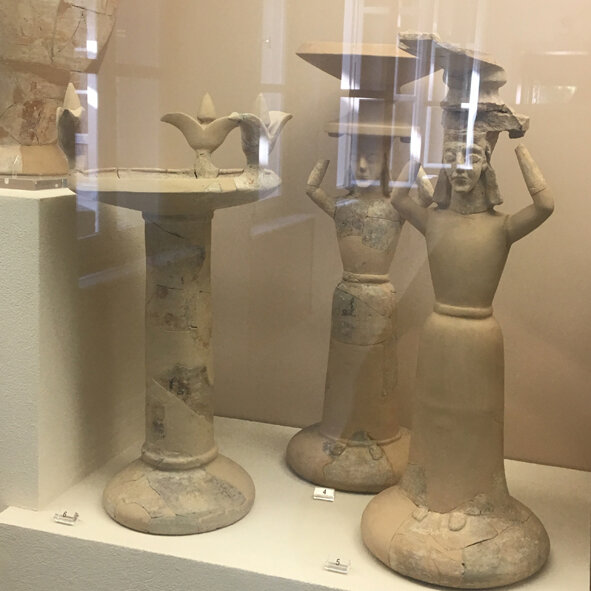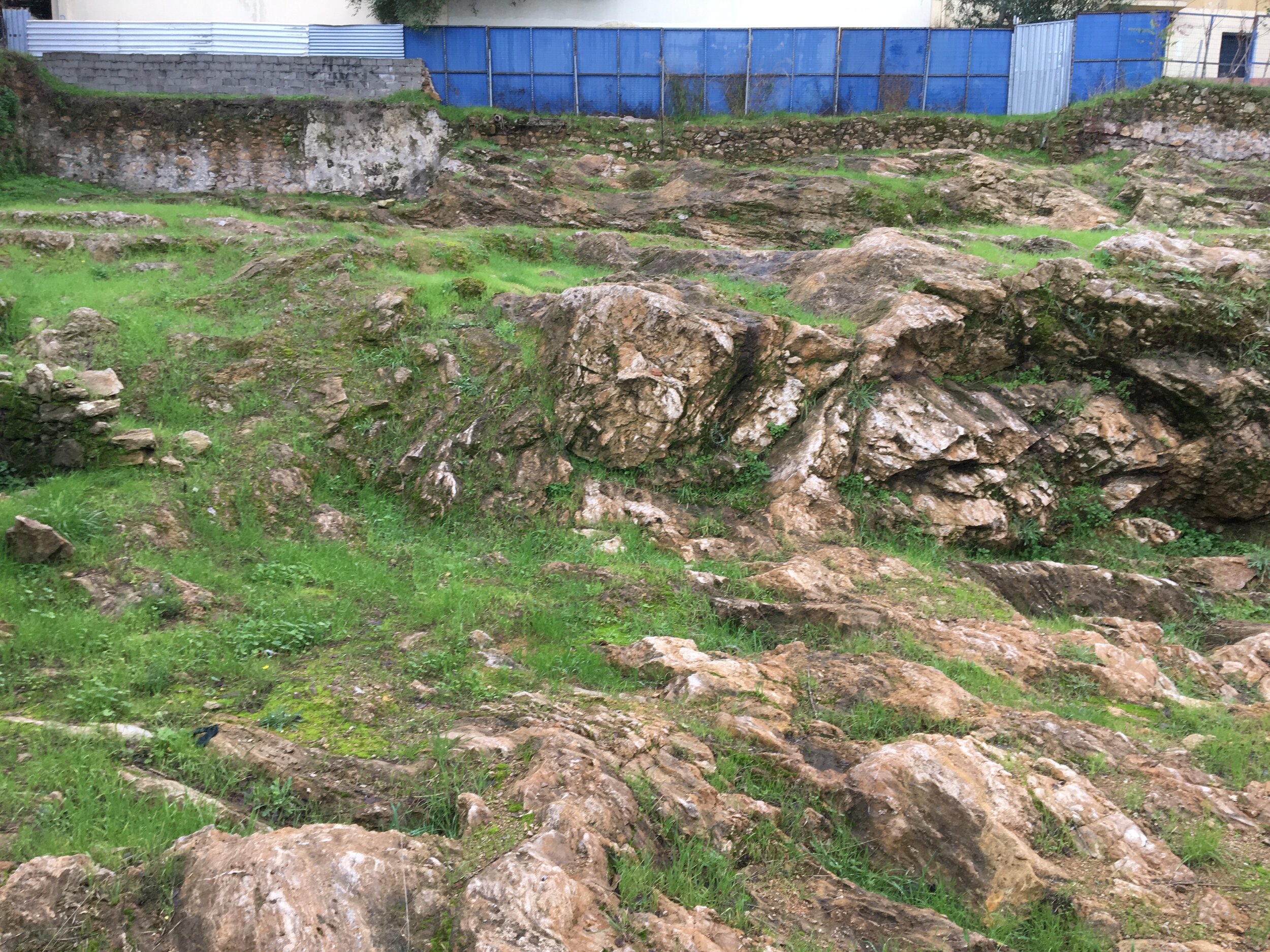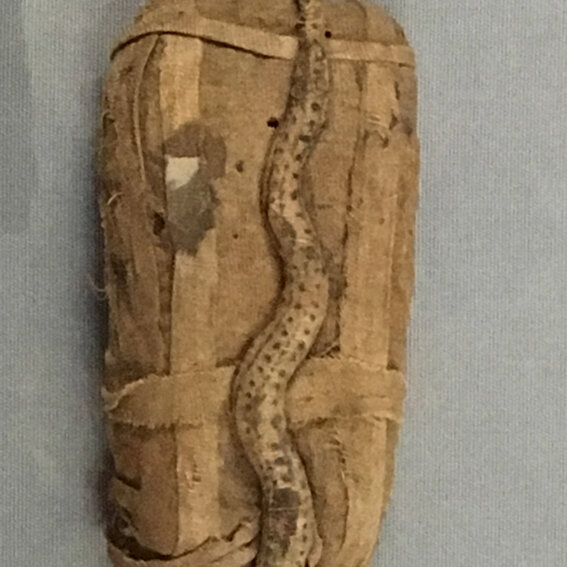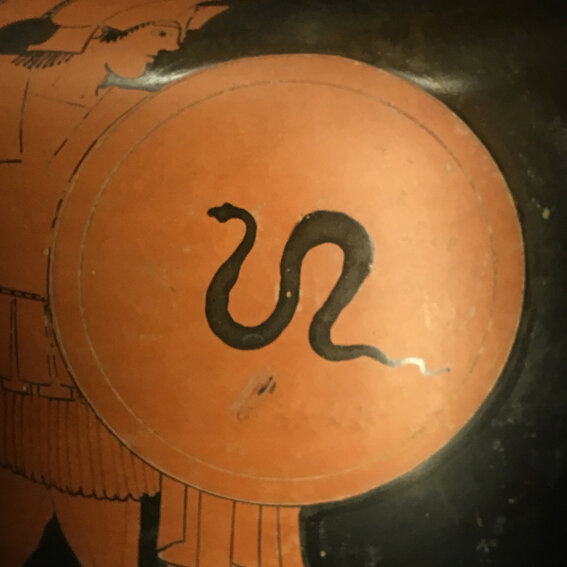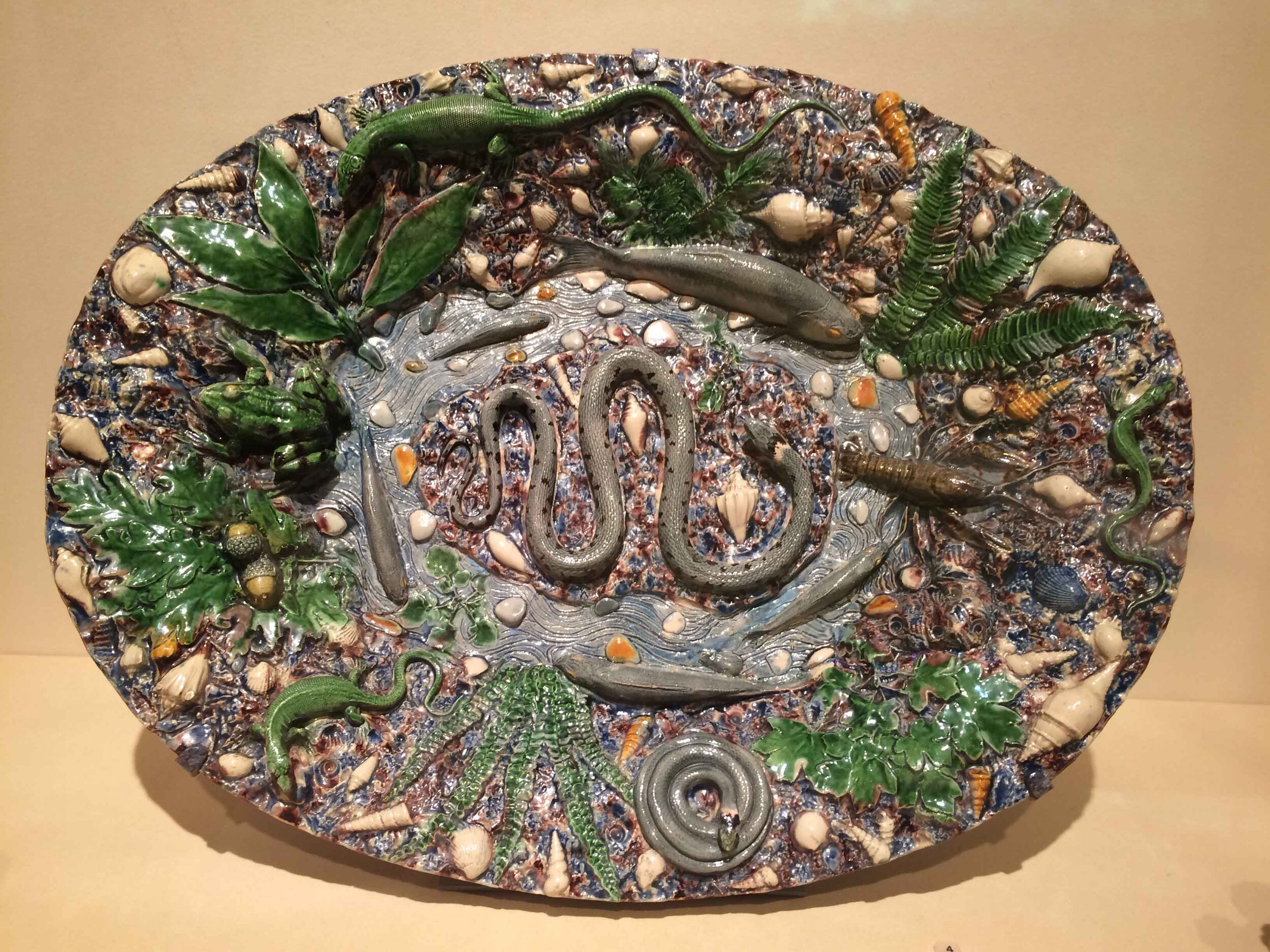Ist die Kunst unverständlich?
Trauen wir unseren Augen, unserem Gefühl nicht mehr? Sind Kunstwerke gefährliche Tiere, denen man sich nur in begleiteten Gruppen nähern kann? Ist das überhaupt noch Kunst?
Ich liege wahrscheinlich nicht ganz falsch mit der Ansicht, dass Kunstwerke - welcher Zeit auch immer - Aussagen sind. Komplexe Aussagen, verrätselte, manchmal auch unglaublich einfache Aussagen. Jedenfalls gehe ich davon aus, dass man mit Kunst etwas anfangen kann. Besonders mit zeitgenössischer Kunst, die mit Erfahrungen, Träumen und Vorstellungen arbeitet, die uns allen zugänglich sind. Natürlich will ich an dieser Stelle die Probleme gerade mit den ZeitgenossInnen nicht leugnen, nur den Blickwinkel darauf etwas verschieben.
Erkennen und Wahrnehmung braucht Distanz und ein Medium, etwas, das in der Mitte ist und die Information überträgt. Zu große Nähe macht Sehen unmöglich, zu große Entfernung ebenfalls. Oft wird den zeitgenössischen KünstlerInnen vorgeworfen, ihre Werke seien unbegreiflich. Sie lebten in in anderen Welten mit anderen Leidenschaften und ihre Arbeiten seien nur mehr durch völlig abgehobene, dem Normalmenschen niemals verständliche Diskurse zu rechtfertigen. Doch das Problem scheint mir umgekehrt gelagert. Zeitgenössische Kunst ist so erschreckend nah, dass man sie nicht erkennt. Man will sie auch nicht erkennen, denn das hieße, sich selbst erkennen. Das klingt zwar klassisch und schön, stößt uns aber genau auf jene Banalität und Bestialität zurück, vor der wir aus dem Leben in die Kunst flüchten wollen. Sich von einer Arbeit zu distanzieren - “Das ist keine Kunst!” -, weil sie an die BetrachterInnen den Anspruch stellt, aus sich herauszugehen, um sich dann erst recht wieder selbst gegenüber zu stehen, ist einfacher, als einen Blick auf die banale Monstrosität des eigenen Lebens zu werfen, und sei es nur für kurze Zeit. Solange nichts und niemand hereinkommt, lässt man Fenster und Türen gern offen stehen. Kunst verlangt dem Menschen die menschlichste Eigenschaft ab, etwas, was uns erst zu Menschen macht. Den Standpunkt verändern, sich von außen betrachten, um das eigene Handeln und Aussehen wissen und daran moralische und gesellschaftliche Massstäbe anlegen, probehalber. Und das Wissen um die Existenz von Alternativen. Kurz gesagt, nicht der Wirklichkeitssinn macht den Menschen aus, sondern der Möglichkeitssinn. Das betrifft den Umgang mit jeder zeitgenössischen Kunst, nicht nur jener, die gerade gemacht wird. Nein, die zeitgenössische Kunst vor fünfhundert Jahren hatte das Problem ebenfalls.
Man unterwirft sich lieber der Notwendigkeit, sucht nach den unumgänglichen Gesetzmäßigkeiten, die meist nicht schwierig zu finden zu sind. Besonders anziehend sind immer wieder die geheimen Gesetzmäßigkeiten, mit denen nicht nur in der Politik gepunktet wird. Notwendigkeiten sind leicht zu vermitteln, sie sind die Falle, in die alle gern gehen. Jede Lehre definiert Abfolgen verschiedenster Notwendigkeiten und Gesetze: KunstvermittlerInnen bemühen sich zu erklären, warum ein Werk so aussieht, wie es aussieht. KonsumentInnen der Kunstvermittlung können etwas lernen und befriedigt nach Hause gehen. Doch Wissensvermittlung allein ist oft nur ein Schmerzmittel, das nicht lange wirkt. All die Dinge, die so interessant sind und die man so gern erfährt, weil man ja auch die Zeitung immer liest und und ein Lexikon besitzt, sie machen das Werk zur unnahbaren Bestie, die viel mehr verbirgt als sie zeigt, und der wir ohne Wissenden nicht mehr nahe kommen wollen.
Wissensdurst zu wecken und dann, für kurze Zeit, zu löschen und gelöscht zu bekommen, das ist das Missverständnis, in dem sich VermittlerInnen und Publikum bestens verstehen. Das “Man sieht nur, was man weiß” wird ausgebeutet, bis man nichts mehr sieht, aber dafür einiges weiß.
Wenn es jetzt so aussieht, als wäre ich eine grundsätzliche Gegnerin der Vermittlung, so ist genau das falsch. Aber ich sehe die VermittlerInnen zu oft in einer falschen Position, die um so falscher ist, weil sie so gut funktioniert. Der Wunsch, nicht allein gelassen zu werden, ist nicht nur zu akzeptieren, sondern zu verstehen. Kunstwerke sagen uns Dinge ins Gesicht, die wir nicht gern hören, gerade dann, wenn sie den Punkt treffen. Wir wechseln ans andere Ufer und schauen zurück, und wir wissen es ist schrecklich, denn das sind wir selbst. Wir brauchen die Vermittlung des Fährmannes, der uns Zeit gibt, die Augen zu öffnen, zu sehen und wieder zu uns zurückzukehren. Der die Mischung aus Distanz und Nähe schafft, die Wahrnehmung und Erkenntnis ermöglicht. Die aber auch dem Irrtum, dem Missverstehen, der Langeweile und der Verzweiflung Raum gibt. Trauen wir unseren Augen, unserem Verstand und unserem Gefühl, besonders wenn es weh tut.





































